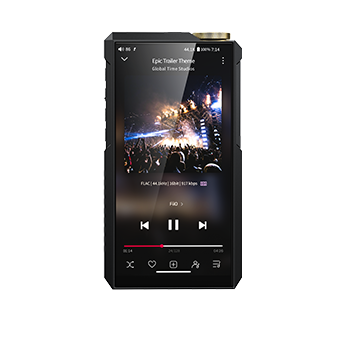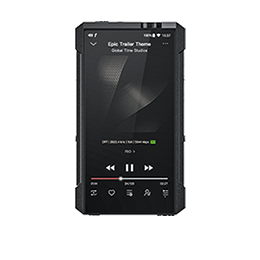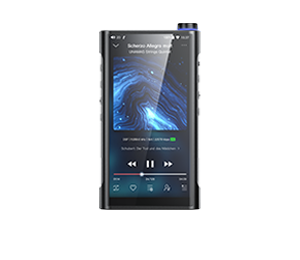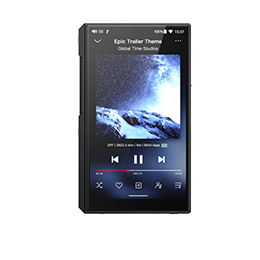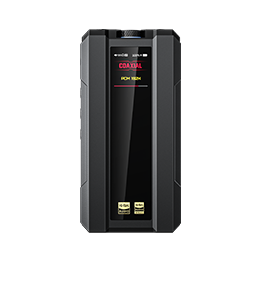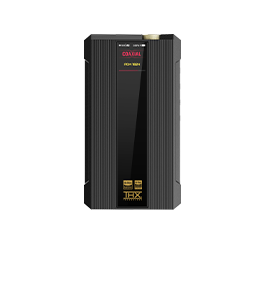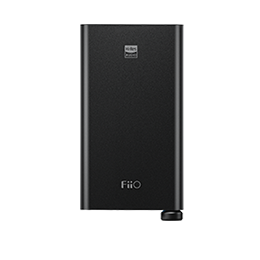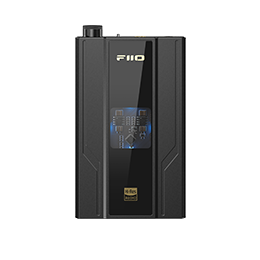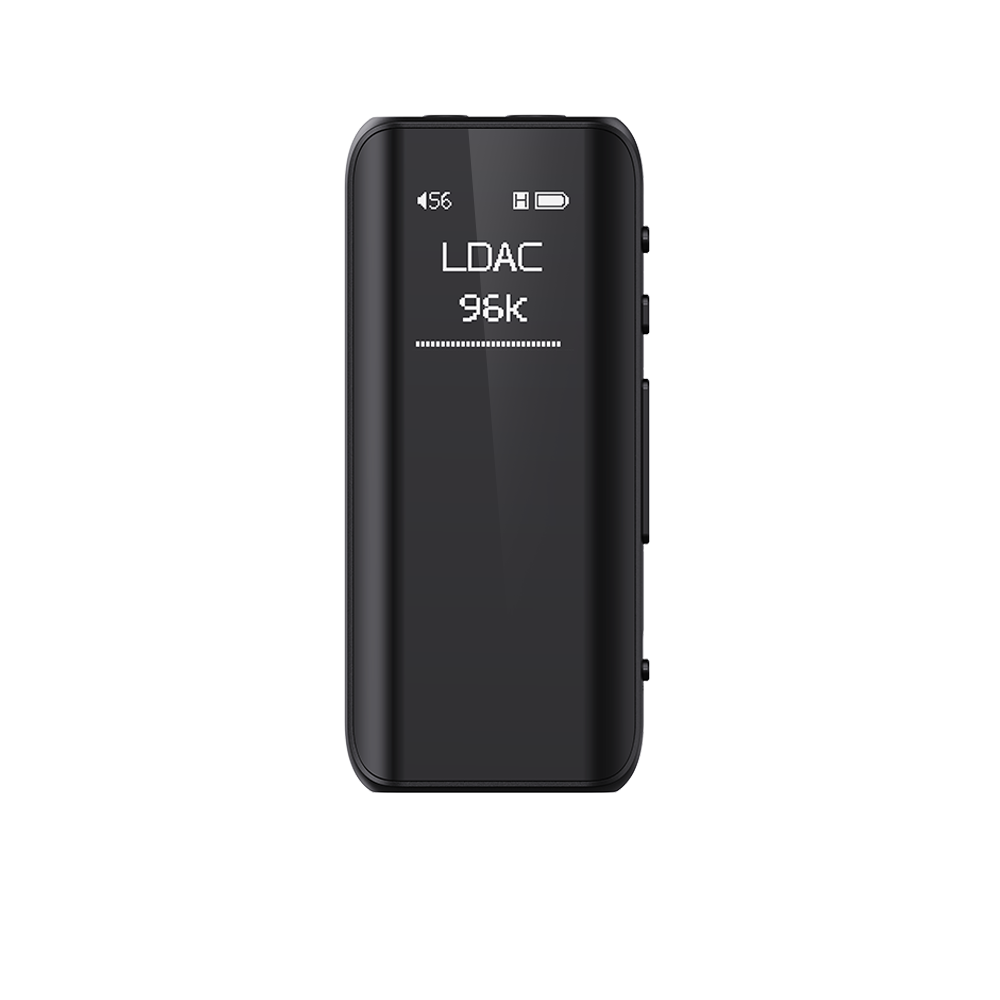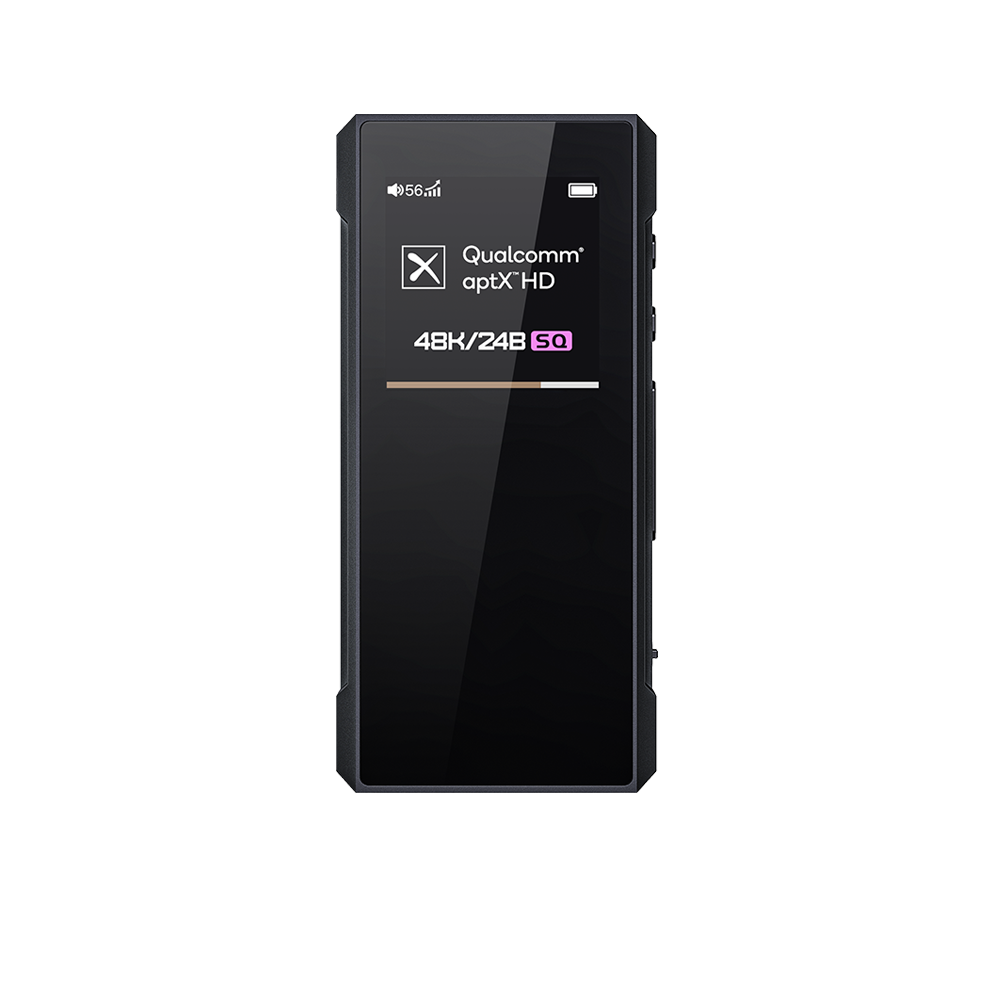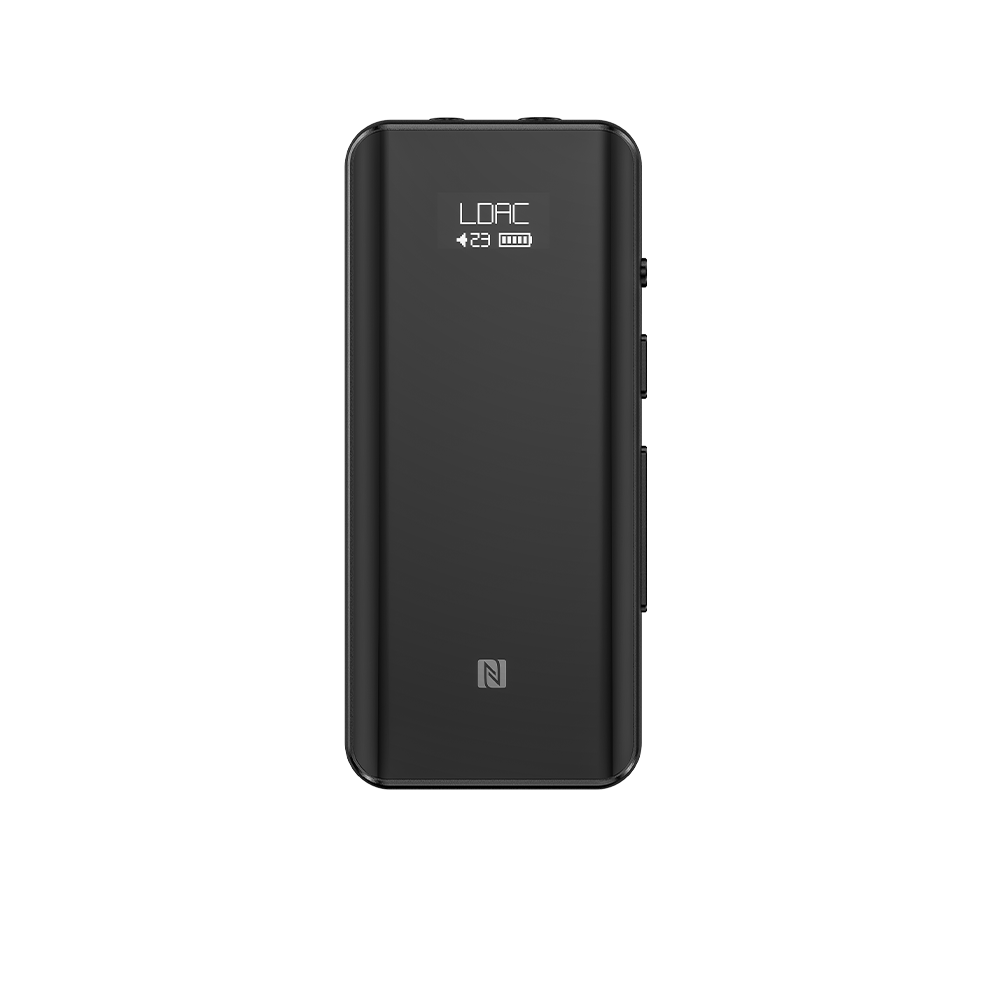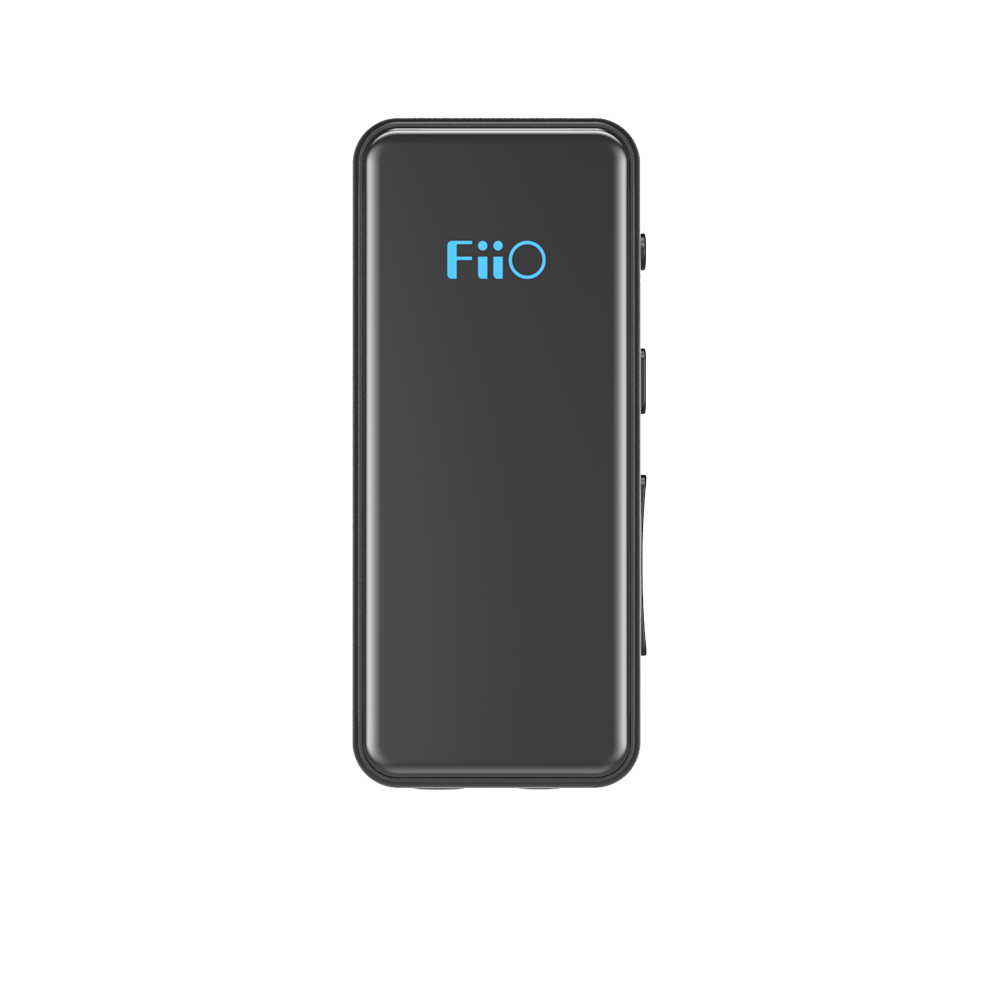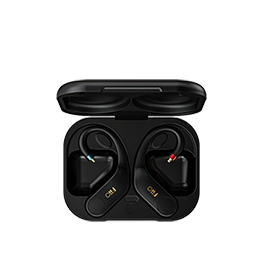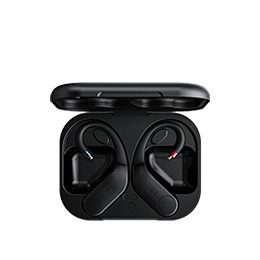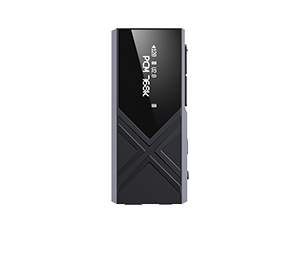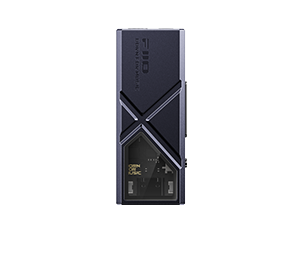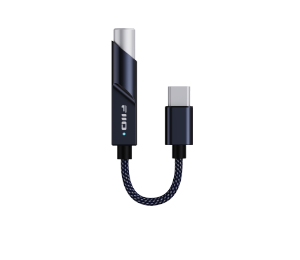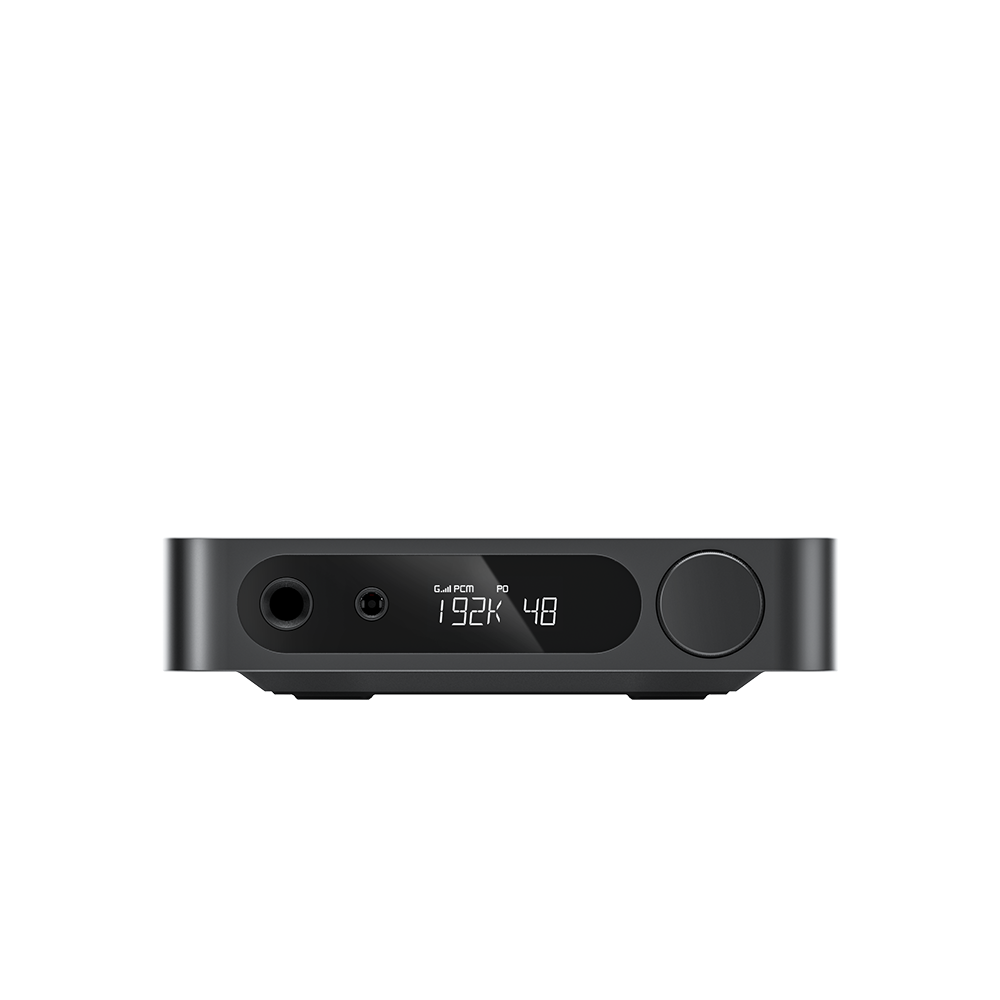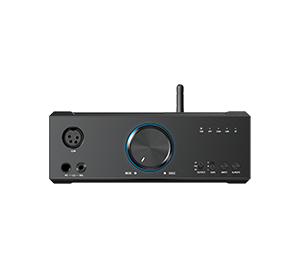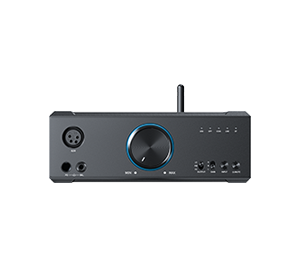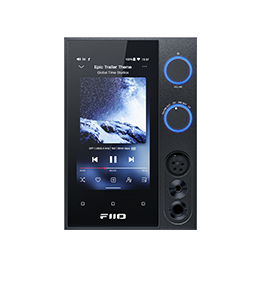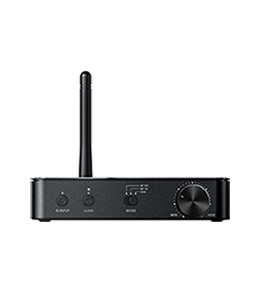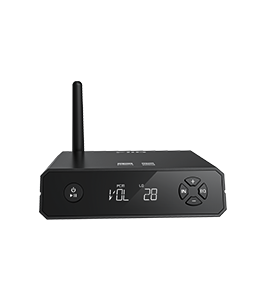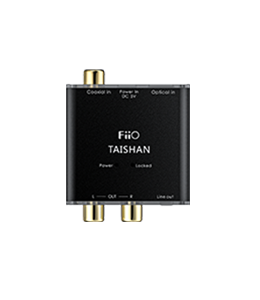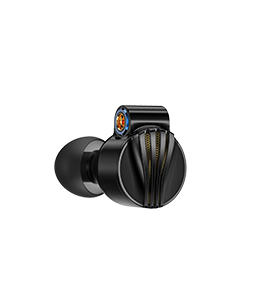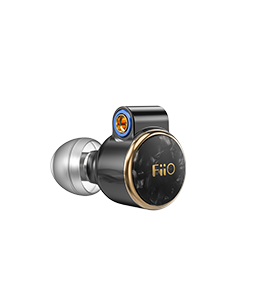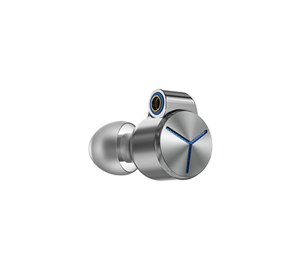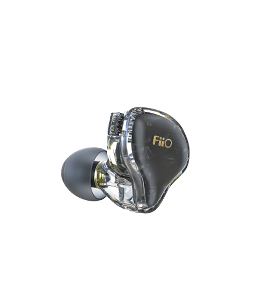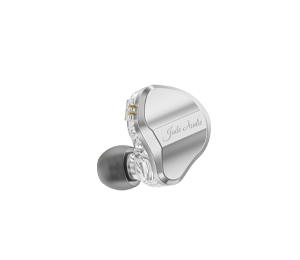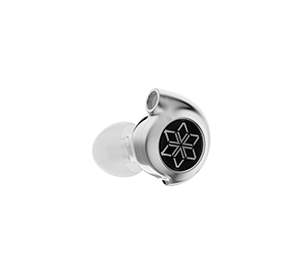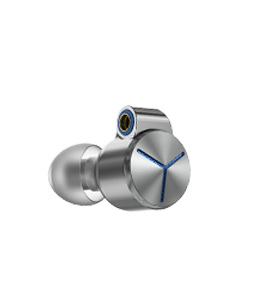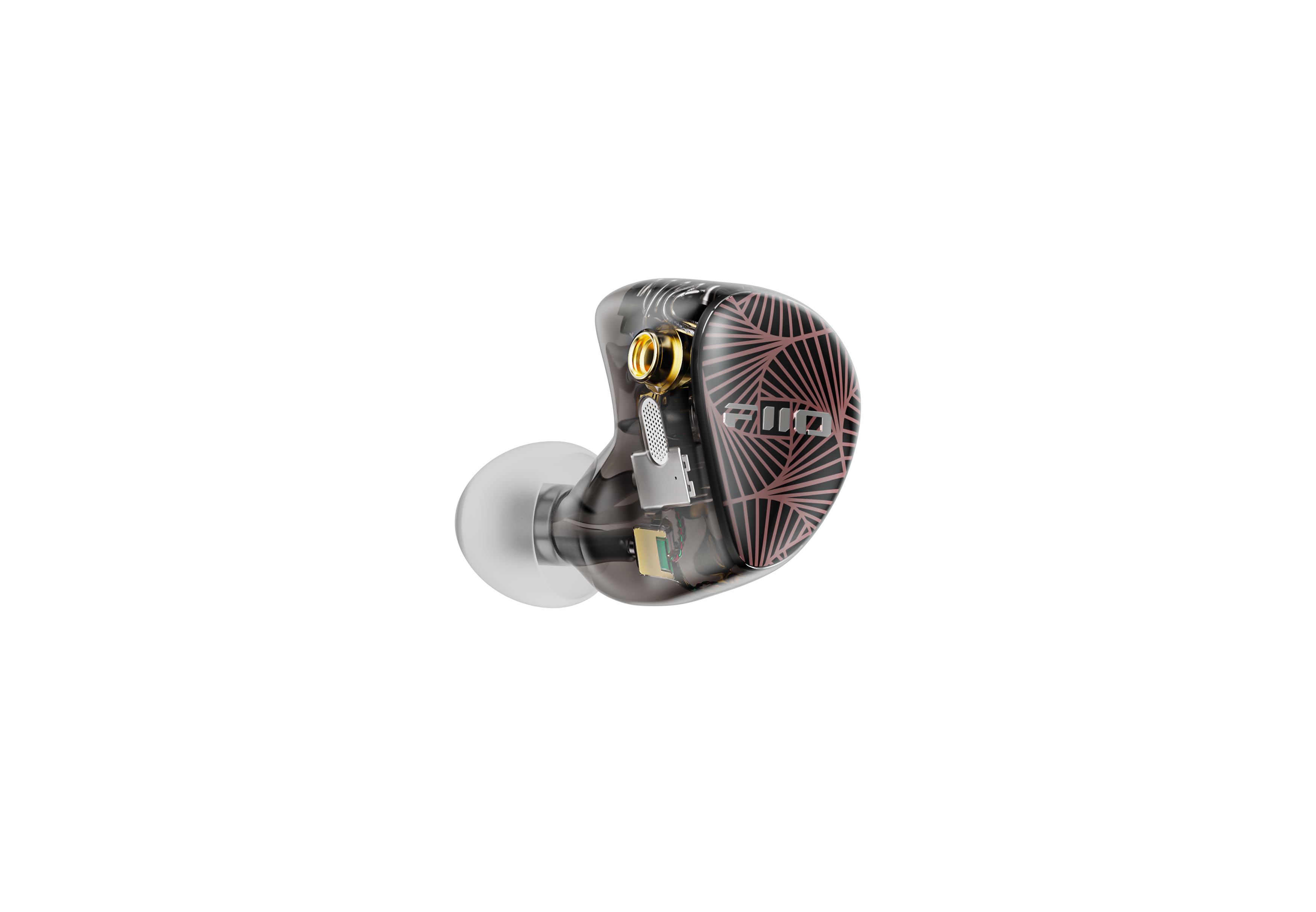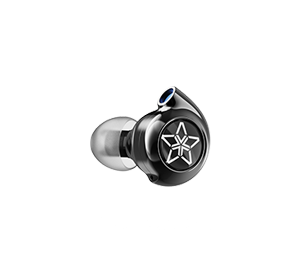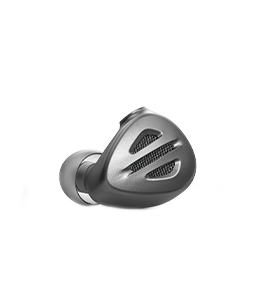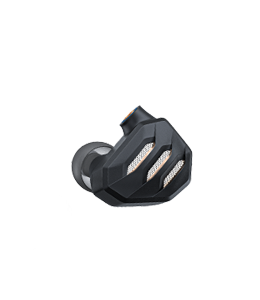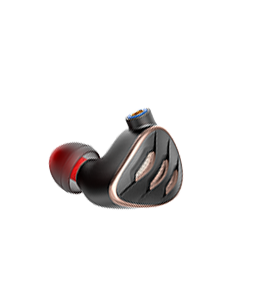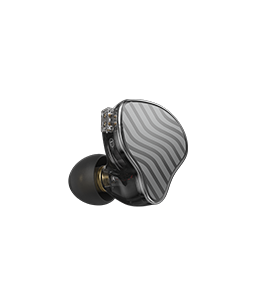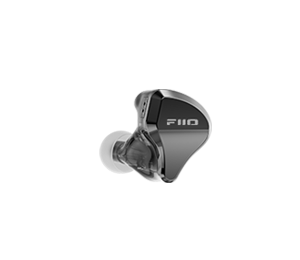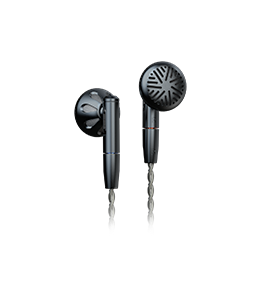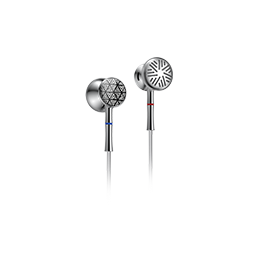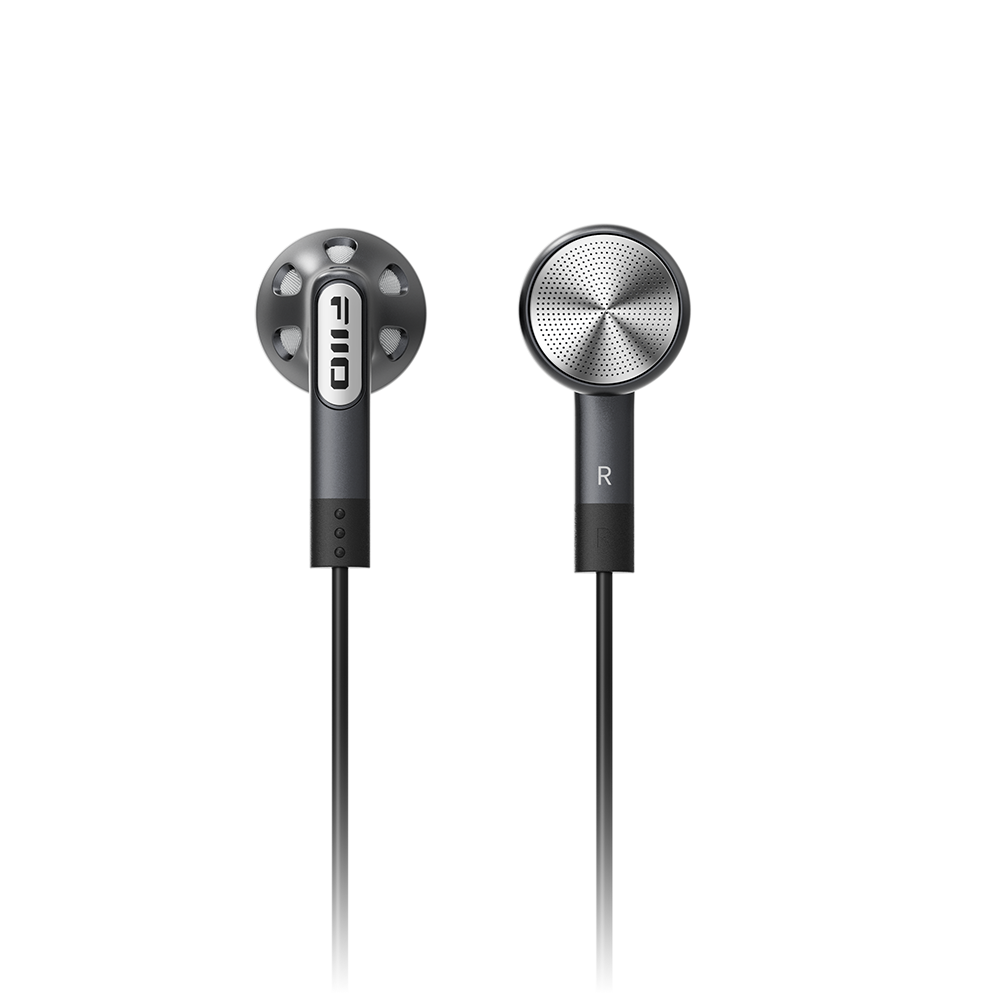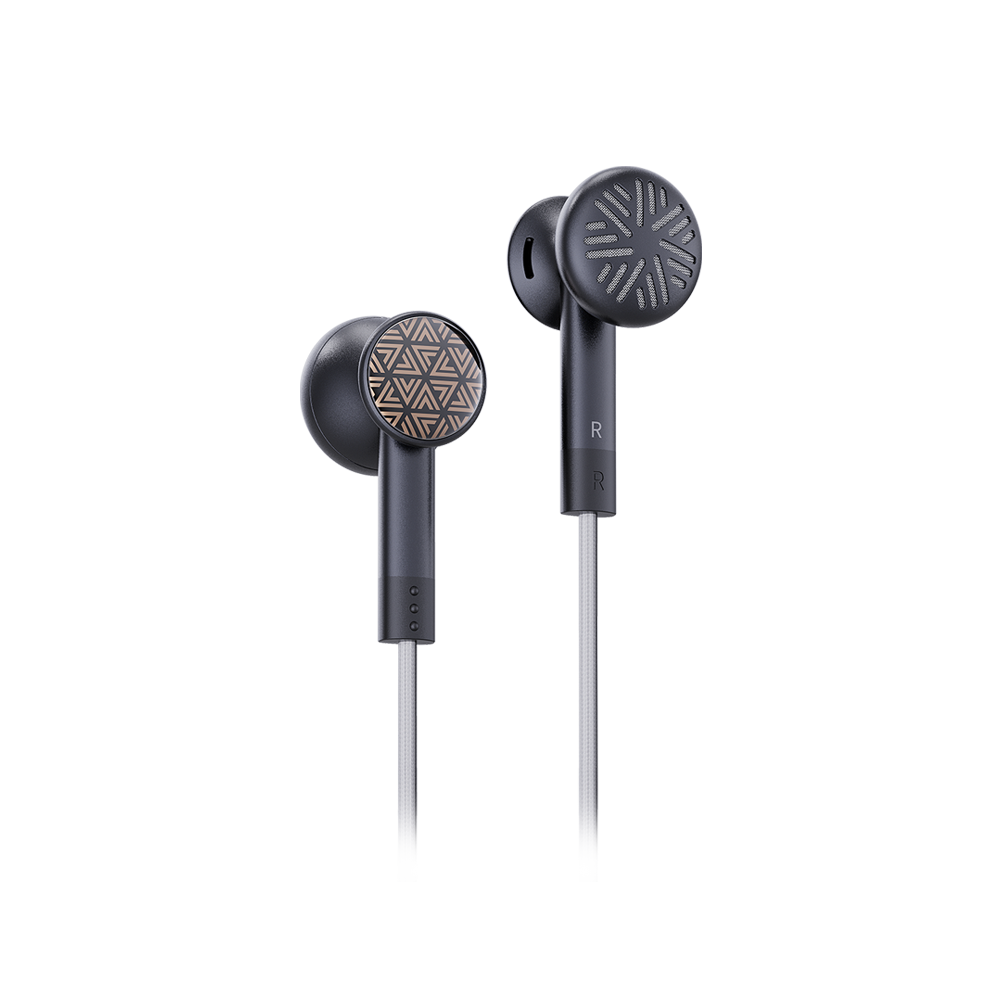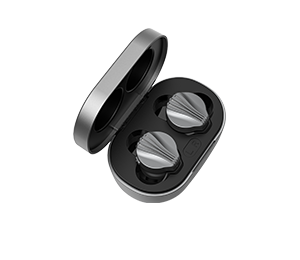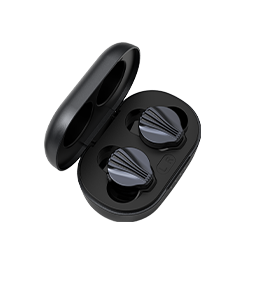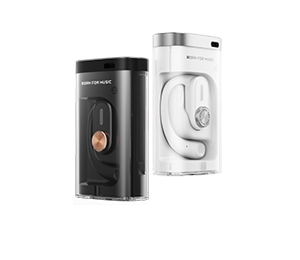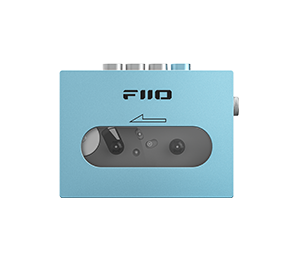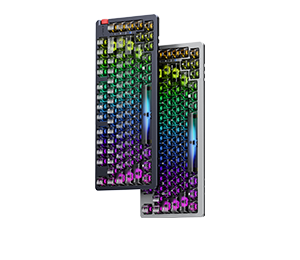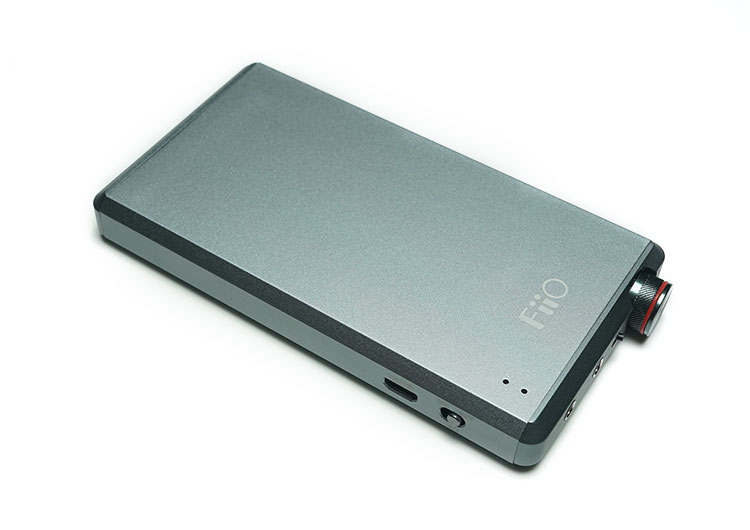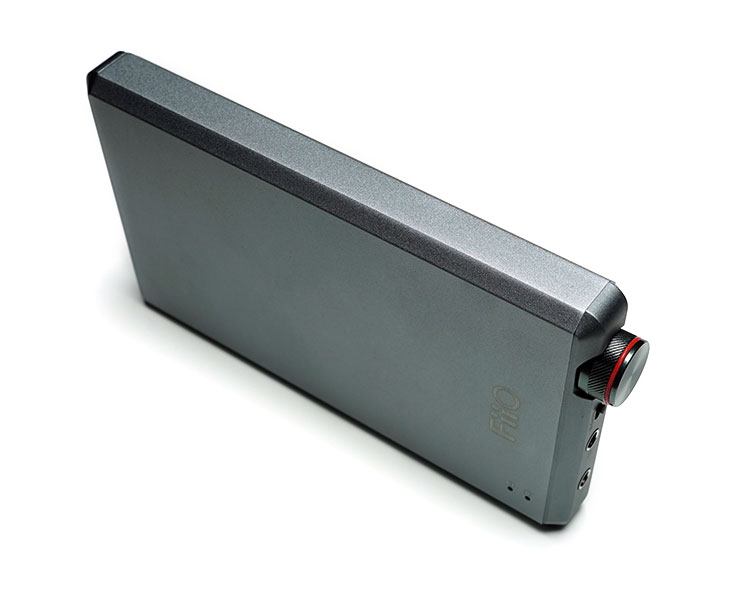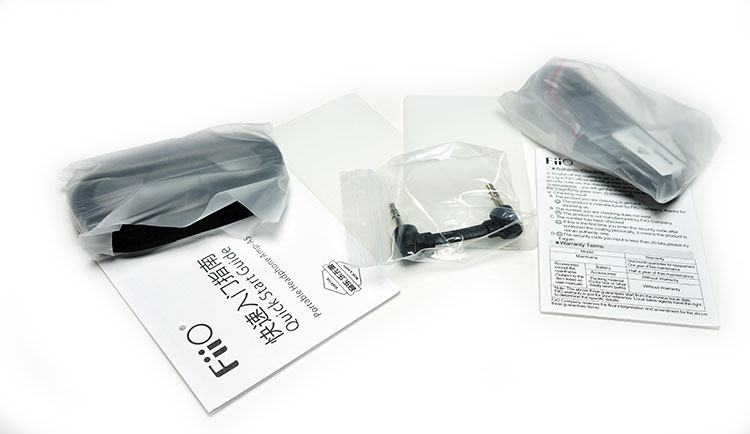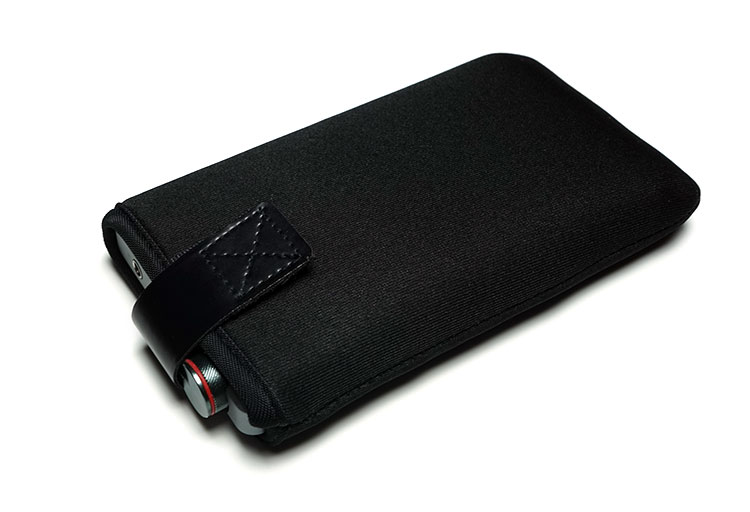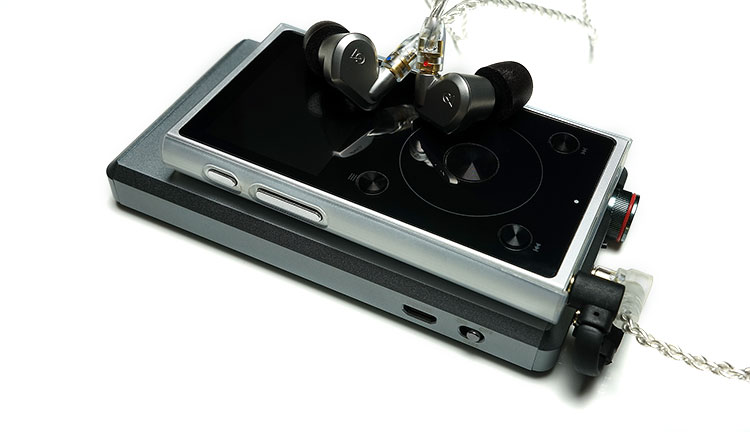THE A5 BY FIIO
Author: Marcus
Review from: Headfonics
→→ Read the original article on Headfonics: >> Click here
FiiO started with amplifiers, that is how they made their name and the $129.99 A5 could be considered the 3rd generation of the original E12 which came out in 2013 and was then an answer to the crazy power output quest we all had when planars made a big comeback.
The E12 DIY was a refinement of the E12 born out of positive feedback on the MUSES02 opamp which was one of the rollable opamps FiiO offered with the E12 DIY Limited Edition in 2014.
In came the E12a in late 2014 with that MUSES02 opamp at the heart of its amplification stage and a smoother, somewhat darker tonal quality and a much more efficient output (<50% of the E12) that the rising IEM market audience could appreciate.
What Is The Pitch?
Best Of Both
So why do we need another variant? Well, the A5 is pitched as the best of both of the previous generation of E series analog amps. You have almost the same level of power from the older E12, something that was lost on the E12a as well as the improved channel balance and the lower noise floor (low gain) that we came to expect from the much less powerful E12a.
FiiO is banking on attracting both existing E12a users who want a bit more juice to drive their headphones as well as retaining IEM users with that continuing efficiency refinement. Note that both the E12 and E12a are no longer continuing to be made so in reality, new buyers will have only one choice, the A5.
Lower Price
In terms of product placement, the A5 is now also their flagship portable analog amp, sitting ahead of their A3 (previously the E11k) and the dinky little A1. Yet at the same time, FiiO have lowered the price of the A5 to $129.99 from the higher price level of the E12a which originally came out at $159.99 so kudos to FiiO for making their portable amp range just that bit more accessible.
Build
Color
The A5 comes in two colors, titanium and black, which, at the time of writing seems to be the two colors most in use by FiiO for the majority of their products. Mind you I can’t think of any compelling reason to petition them for blues, pinks and the red of the X5iii so two it is. The form factor of the A5 is also the exact same as the previous E12 and E12a though more in keeping with the E12a and the various little tweaks they introduced with that series.
Finish
There are some subtle differences though to the A5 you would only notice with the E12a sitting side by side. The first is the chassis sandblasted finish which to my mind is a bit more refined than the previous brushed metal design of the E12a, especially on the plate edges and cornering which is a bit smoother. The front plate in particular, around the pot, has a slightly more contoured finish than the previous E12a.
Volume Pot Change
The second is the pot itself. Now this one is a more debatable change as I liked the old pot on the E12a for its grippy surface. The new A5 pot is a bit more slimline and not as far out of the chassis and a little smoother and less grippy than before. On the other hand, it is more distinctive and refined looking than the older knob. FiiO has crafted the knob to mimic string instruments with its 56 45 degree lines laser etched into the center of the dial with a red ring finish. In summary, nicer looks but slightly harder to use than before.
CNC Stainless Steel Jacks
The third tweak is the headphone jack and line-in connectors. Gone are the old copper connectors and in comes new CNC milled stainless steel headphone connectors with plastic rings between the connector and the main chassis to plug the gap 100%. In theory, these stainless steel connectors should be more durable than the older copper ones and also in combination with the titanium color scheme on the review unit they do look a bit nicer.
Functionality
Inputs & Outputs
LED
In terms of I/O’s the A5 has the same positioning and type as the E12a. FiiO has retained the charging and blue power LED light configuration on the top left of the A5 as well as the gain control positioning on the front plate right beside the new volume pot.
Switches
The gain switch on the front plate itself stays the same as the E12a being slightly more accessible than the old E12 recessed switch with a decent resistance to prevent accident switching during volume control. The bass switch on the left panel remains unchanged, being discreet enough to prevent accidental knocks and just enough protrusion to make it easier to work with than the older E12 recessed switch.
Charging
The left panel is completed with a micro USB charging female port just a few millimeters down from the bass boost switch and will allow the A5 to charge from any 5v USB or plug socket with USB fitting. During charging the LED light on the top panel will flick red to denote charging (speed of blink will vary depending on how fast the charge is) and will cease to blink once fully charged.
Front Panel
As per the previous E12a and E12, the A5 back and right side panels are flush with no inputs or outputs. The front panel also remains unchanged also for the A5 with the line input to the far left and the headphone 3.5mm jack input central. Spacing is good, you should be able to easily slot in medium thickness 3.5mm plugs like Palic and still have room to spare to operate the gain switch and volume pot.
Amplification
Believe or not there has been no change to the fundamental chip use inside the A5 from the E12a. It is still the MUSES02 opamp and LME49600 buffer combo but what FiiO have instead focused on is everything else around those chips in terms of signal path, resistors, and an improved power management system.
THD
The goal here is to keep the efficient low noise floor that E12A users received but bring back the missing power of the original E12, or as close as can be (-80mW). FiiO has stated the new topology will give lower the THD by 33% over the older E12a from 0.03% to <0.002% (1 kHz) in the A5. This is still some way short of the ultra low THD results of the iBasso PB3 at less than 0.0005% but as far as portable budget amps these are pretty good numbers.
SNR
FiiO also claimed to have improved the SNR on the A5 to 115dB but I am not sure on this claim as the E12a spec sheet does say equal to or greater than 115dB also so perhaps real world measurements of the SNR of the E12a felt some way short of the paper specs. Again, a little short of the PB3 rating of 120dB but in comparison to the rest of the competition, it’s as good if not better. You should get some excellent dynamics from the A5 with a well-controlled noise floor yet decent power when required with either IEM or headphone.
Battery
The A5 packs the same 880mAh li-poly battery from the E12a but this time only offering up to 13 hours power with a relatively short 2-3 hour charge cycle from full drained. Real world tests are not too far off though you might get a slight diminution of the 13 hour charge time if you use the bass boost a lot or use headphones with a heavy draw.
E12a users will note that the old 20-hour life cycle is now reduced to 13 hours which is a bit of a hit. Much of this shortening is really due to the increased max output power of the A5 from 420mAh on the E12a to 800mAh on the A5. This is still reasonably competitive, marginally superior to the 12-hour playback of the Stoner Acoustics Ruby but sadly behind the iBasso PB3 which is outputting on a very strong 20 hours.
Accessories & Packaging
The A5 comes in FiiO’s new whiter retail themes packaging and includes a charging USB cable, the very cute 3.5mm short IC for line-in duties and keeping the low cable profile for stacking, 2 rubber stacking mats for knock protection, and 3 silicone bands for holding your A5 and source tightly together whilst stacks.
We first saw this shortened 3.5mm IC with the Q1 in 2015 and I am personally glad that FiiO has stuck with it because it does reduce cable clutter substantially. On the flip side if your source output is quite far or on the other side of the A5 line-in it might not be long enough.
It also comes with a similar polyester velcro locked soft carry pouch to the E12a and the quick start guide and warranty card. You get enough of a gap at the front of the pouch also to be able to connect both line-in cable and headphone jack without having to take out the A5 from the pouch though you will have to loosen the strap so I would not advise trying this whilst on the move.
Sound Impressions
Tonal Balance
Tonally the A5 is a largely neutral presentation with some warmth in its low-end response which is solid and meaty with competent extension and detail. The 5 staging is more depth than height with decent width though it is not quite as open sounding in the midrange performance as say the iBasso PB3, preferring instead to offer a resolving but more neutral midrange positioning. E12a users will find a degree of familiarity with the A5 tonality being equally smooth but with some tiny differences outside of the obvious power enhancement.
Bass
The first is the A5 additional body, particularly in the low end. This is both a positive and a slight negative if using the wide band bass boost of the A5 since the bass weight of the A5 without is already spot on. Those detecting warmth in the A5 response will largely find the more planted low end to be the welcome culprit here and certainly, it hits harder than other competing amps without any perceptible loss in detail or bleeding into the mids. The low-end coloration adds a welcome element of musicality to the A5 tonal presentation making it an excellent amp for rock and EDM.
Mids
The second tweak for me is a slightly lower emphasis on vocal performance on the A5 over the E12a. The more elevated and planted low end of the A5 and slightly more forward treble will take a little away from the neutral vocal performance whereas the E12a has less low-end and treble emphasis allowing the vocals to come to the fore a bit more.
Treble
The final change is a more subtle tweak and that is the introduction of a slightly more forward treble response to the A5 offering a touch more air and headroom than the E12a but it’s not huge. Compared to amps such as the pricier PB3 it retains very good control. It is perhaps slightly less rounded sounding than the super smooth PB3 but nothing I would class as edgy or sharp. It is actually quite a pleasing treble performance. You will not find anything peaky, sibilant, splashy or brittle about the A5 top end.
Transparency
There is also a decent level of transparency on the A5. Differing sources will temper the core signature of the A5 one way or another with the likes of FiiO’s own X5iii favoring a low to midrange physicality and iBasso’s DX200 more linear but better-extended DAC pushing more detail out.
Bass Boost
This is the only area of the A5 I was not overly enamored with as it’s more of a wide band low-end boost than anything specifically targeted. Bass boost introduces a >5dB gain in the A5 bass response right up to 100Hz. I think this overcooked slightly for my taste making the sound bloated and overly warm.
As you can see from the graph above the elevated doesn’t return to neutral to well into the mid-range smothering the lower mids and vocal range with that warm infuse. Clarity takes a big hit for me, particularly in the 200Hz to 1k range. I would love to have seen this around 2-3dB and focusing on sub-bass performance over mid-to-upper bass boosting.
Matchability
IEMs
The main difficult with IEM pairings with the A5 is the low gain aggression. You will find relatively good noise floors with most, even sensitive IEMs such as the Andromeda fair very well in terms of background hiss. However, channel imbalance and z very small useable volume control will be the flavor of the day so tread carefully. The A5 is clean, very low noise but that additional power almost puts this amp back into mildly inefficient headphone territory if you want plenty of volume and gain control.
Campfire Andromeda
Efficiency
Low noise floor in low gain, hiss in high gain
Still audible signal and left channel imbalance with volume pot at zero. Audible does a minor switch to right channel bias before balancing out at around 11 pm (note starting position is 10 am on the dial). Low gain is quite aggressive for this highly efficient BA design with it maxing out super quick at 1130am on the dial which is just half a click beyond the channels balancing.
Tonality
Tonally the A5/Andromeda pairing is neutral to a dark presentation but with a substantial low-end body over and beyond the likes of the PB3 which is warmer across the board and more open sounding in the mids but with a flatter low end. Treble is well controlled without sounding overly forward or airy, more neutral in positioning along with an equally neutral mid-section and excellent vocal performance.
Soranik Sk1
Efficiency
This is slightly less efficient at 20-ohm 109dB single BA design but there is a very minute level of audible signal at zero volume so not a completely black background. Once again it starts with a slight left channel imbalanced before swinging over to the right between 10 and 11 am on the dial. You get a settled channel balance at 11 am on low gain but in terms of comfortable listening in low gain the highest I could get it was 12 noon so it’s still a bit aggressive. Similar results in high gain for channel imbalanced and audible signal and a slighter of hiss but nothing as obvious as the Andromeda and you can get volume and balance at 11 am on high gain should you wish to use it.
Tonality
This pairing is best heard without any bass boost which muddies the low range and bleeds right into the SK1’s excellent mids performance almost killing it for me.
Without the boost, this is a smooth mid-centric pairing with a very coherent low end and laid back top end. The A5’s already smooth top end might not be what treble heads are looking for and it won’t bring out any hidden sparkle in the SK1. Instead, it adds a nice bit of low-end weight, adds a bit of spaciousness to the midrange and allows vocals to breathe nicely. If there was more play in the volume this would be a very relaxing pairing.
iBasso IT03
Efficiency
The IT03 is an 8 ohm 107db rated hybrid IEM selling for $259. It does require a bit more juice than regular BA designs to sound optimal. Once again though there is an audible noise floor at ground zero with the IT03 and A5 pairing but skips the left channel bias and goes straight to right channel imbalance before settling on a proper balance around 11 am on low gain.
It is hiss free though in both low and high gain but the high gain isn’t terribly useable. That being said it’s still quite aggressive on low gain with top volume a few mm lower than noon on the pot.
Tonality
This is a lovely match. This one really nails it for me and anyone with an IT03 should strongly consider pairing this with the A5. An impactful bass response, smooth but neutral mids and a very nice top end that is high on sparkle and extension with very good headroom and very little in the way of peakiness which is one of the issues I have with the It03 in unbalanced mode with some other sources and amps.
It doesn’t quite have the smoothness in the vocal performance of the higher end IEMS with a tiny bit more sibilance than the SK1 or Andromeda but otherwise, it is a very enjoyable musical experience.
Headphones
Headphones faired much better on the A5 in both low and high gain and at times the option of using the bass boost for certain headphones such as the HE400s didn’t seem as far-fetched as it were with the IEMs.
Efficient headphones at 32 ohms or less did have much less pot play for volume control, even in low gain mode and it is only when you start hitting the less efficient planars in the market could you push the volume dial over over 1pm in the pot showing that indeed the A5 has plenty of gain and decent power. I do wish though the low gain was much lower and provided more of a distinction between it and high gain. Sensitive IEMs and headphones would have really benefitted from that differentiation.
Samson Z55
Efficiency
The Samson Z55 is a $199 32 ohm 98db rated on ear portable studio headphone with a balanced tonal presentation. On the A5 there is no audible signal in either low or high gain, zero noise and a very good level of channel balance on the A5 pot. Low gain is still a touch aggressive for the Z5 with comfortable listening levels just before 1 pm on the A5 pot and around 11 am in high gain.
Tonality
This pairing, as expected, will give you a fairly solid balance across the FR with a touch more sub-bass reach and low-end body but not too much, a mid-centric slightly euphonic focus with excellent vocals and more than acceptable dynamic and resolution.
You will not get a huge amount of headroom with this pairing with neither the Z55 or the A5 world beaters in top end extension and airiness. However, what you do get has decent sparkle and articulation rather than laid back or smoothed out.
Hifiman HE400s
Efficiency
The HE400s is the first headphone (planar) that in anyway felt more comfortable with the A5 in low or high gain in terms of volume control. It is still not super high at around 130pm on the pot but channel imbalance was well controlled, hiss was nonexistent and noise floor was low so on other points, it did very well indeed. High gain just dropped to about noon on the pot but still low noise floor and no hiss.
Tonality
Without the bass boost, the HE400s can come across as entirely mid-centric with decent but not overwhelming extension in either direction. The excellent low-end body of the A5 doesn’t quite have the same impact as it can on more efficient headphones so the odd time, on EDM mainly, I threw on the bass boost. It bleeds a touch into the mids, warming them up but the flipside I got a bit more weight and physicality with the HE400s low end.
Without the bass boost, it sounds a little leaner compared to a solid desktop using neutral sources such as the D200 and a little bit more impactful without bass boost using warmer musical sources such as the X5iii.
It is entirely a mood thing as I am not a fan of the A5 bass boost and it only really has some relevancy with headphones such as this for certain tracks. Just another mention, a bass boost in high gain is far too overpowering, even with the HE400s.
Oppo PM-3
Efficiency
Zero noise on either gain switches with only the tiniest of an audible signal on zero volume in high gain. Both gain switches have right channel bias with the PM3 at very low levels but balances out evenly fairly quickly. The A5 is still a bit aggressive with the PM3 in low gain topping out at similar levels to the H400s so there is some useable volume but not a huge amount and slightly less so in high gain.
Tonality
Given the rather neutral but thick note of the PM3, it is not advisable to use the bass boost with this pairing. It simply comes off as too boomy and bleeds into the mids clouding any articulation from the top end.
Keeping the bass boost off you get a cleaner response, a good balance and decent low-end body though not earth shattering. If you want to increase the musicality of the pairing opt for a source such as the X5iii over the DX200 but it will cost you a little in dynamics.
→→ Read the full article on Headfonics: >> Click here



